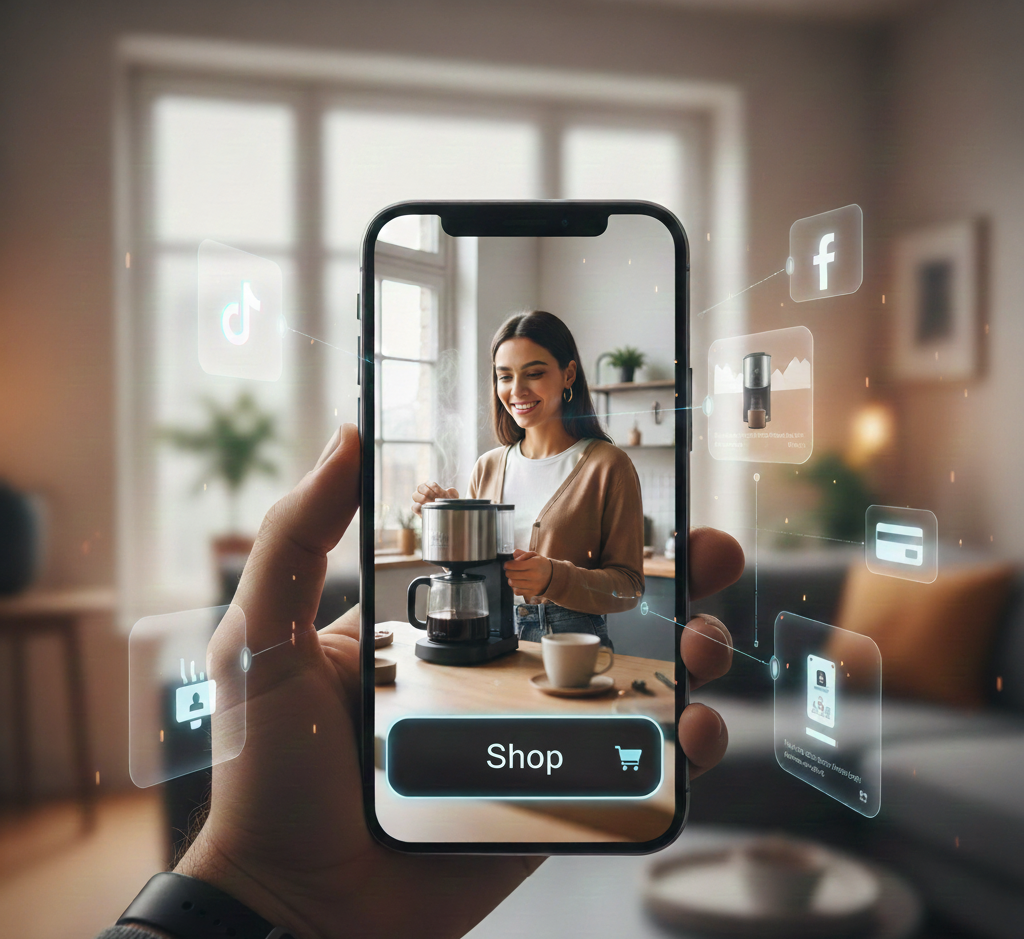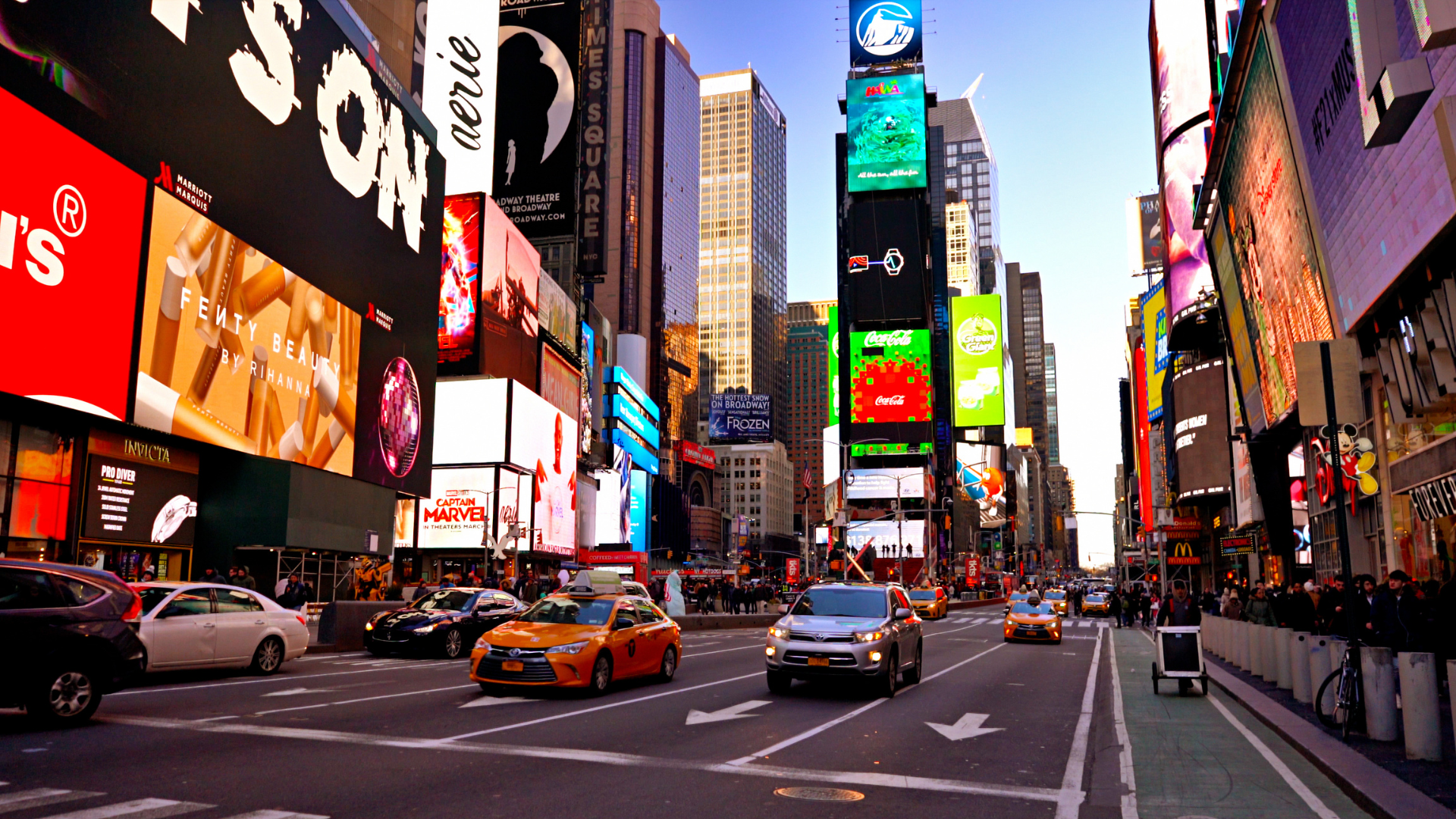Your Next Influencer Might Not Be Human: The Rise of Virtual Influencers
The digital world is evolving at a breakneck pace, and a new and fascinating development is taking center stage. Brands are moving beyond traditional influencers to invest in computer-generated personalities that are impacting the marketing landscape. This is not a passing trend—it represents a strategic shift that is reshaping the creator economy.
The numbers back this up: the global virtual influencer market, valued at over $6 billion in 2024, is projected to grow to nearly $46 billion by 2030. This growth is powered by marketers looking for greater control, predictability, and efficiency.
The Marketer's Playbook: Control, Consistency, and Community
From a business perspective, the benefits of using a virtual influencer are too compelling to ignore:
- Total Brand Control: A virtual influencer is an asset that is completely managed by your brand or agency. This provides you with complete control over their message, appearance, and partnerships, eliminating the risk of off-brand content or unexpected controversy.
- Unprecedented Consistency: Unlike human influencers whose lives and brands can evolve, a virtual persona offers stability. They can be anywhere, at any time, for any campaign, ensuring a consistent look and feel across all your marketing efforts. This adaptability allows for globally scalable and precise campaigns.
- Engagement on Overdrive: Virtual influencers consistently outperform their human counterparts in one key metric: engagement. Studies show that
virtual influencers have an average engagement rate of 2.84%, significantly higher than the average 1.72% for human influencers. Their unique nature sparks curiosity and conversation, driving buzz and social shares.

Case Study: The Miquela Effect
The rise of the virtual influencer can be traced back to one name: Lil Miquela. Launched in 2016 by the Los Angeles-based startup Brud, Miquela Sousa—a self-proclaimed "19-year-old robot living in LA"—pioneered a new form of digital celebrity. She quickly amassed a massive following on Instagram, where she shares posts about fashion, music, and her life, just like any other human influencer.
However, it's her brand collaborations that truly demonstrate the power of this new medium. Miquela has partnered with high-profile brands like BMW, Prada, and Samsung, appearing in campaigns that seamlessly blend the virtual and real worlds. Her success proved to the market that a computer-generated personality could not only hold a captivated audience but also drive significant revenue. She became a model for how to use a digital avatar to embody a brand's values, and she's credited with demonstrating the viability of the virtual influencer as a powerful marketing tool.
Navigating the Risks and Rewards
While the allure of virtual influencers is strong, navigating this new world is not without its challenges. The biggest hurdle for marketers is building trust. A Sprout Social survey found that while a significant portion of consumers are intrigued by AI influencers, nearly half (46%) are uncomfortable with brands using them.
In reality, it’s becoming harder to tell the difference. Findings from Getty Images research showed that 68% of people cannot tell if an image is AI-generated, which highlights the need for clear labeling. This challenge was further demonstrated by a recent New York Post poll of Times Square visitors. Not a single person was able to correctly identify all six images as either a real or a computer-generated model. In fact, many real influencers, such as Dina and Ines Trocchia, were mistaken for AI due to their incredibly polished photos. This blurring of lines also works the other way. AI influencers like Mia Zelu, with her 168,000 followers, garnered widespread attention for her photos from Wimbledon, successfully demonstrating how difficult it has become for consumers to distinguish a human from an AI persona. According to the New York Post's poll, almost all participants who were shown her image believed she was a real model, and even well-known athletes have been misled, leading some fans to believe they had been "catfished."
When designing AI influencers, the goal is often to create characters that look and behave in a human-like way, not to deceive, but to foster relatability and emotional connection. However, this requires a careful balance. If an AI influencer appears too human, it can raise ethical concerns or lead to confusion about whether the persona is real. On the other hand, making the character less human to avoid deception can backfire, pushing it into the uncanny valley—a phenomenon where something appears almost, but not quite, human and ends up feeling eerie or unsettling. The challenge is to design AI influencers that are realistic enough to engage audiences, yet not so convincing that they mislead or cause discomfort. Achieving this balance requires transparency about the use of AI, which is essential for building trust and maintaining long-term credibility.
At SparkShoppe, we’re staying on top of trends. Contact us today to ignite your brand’s strategy!
















